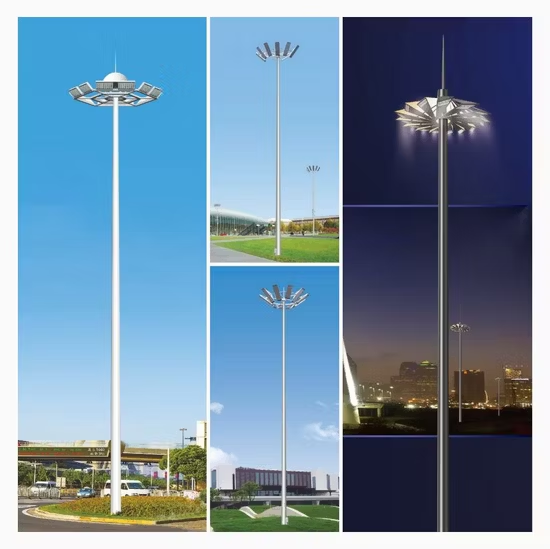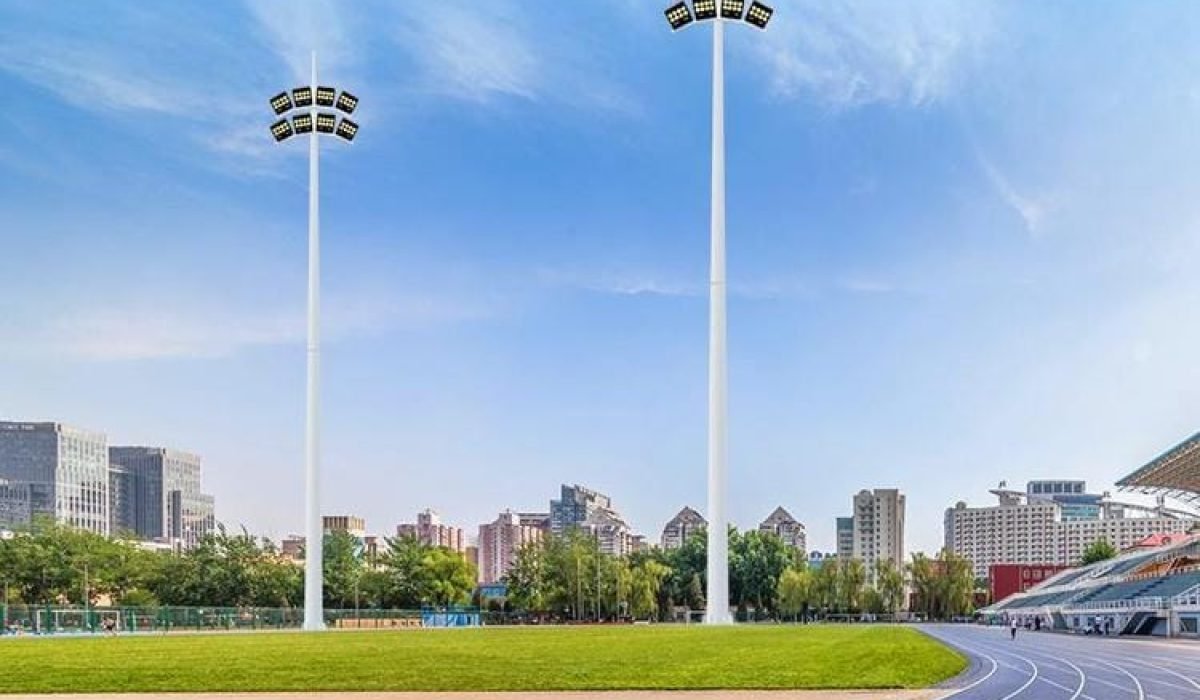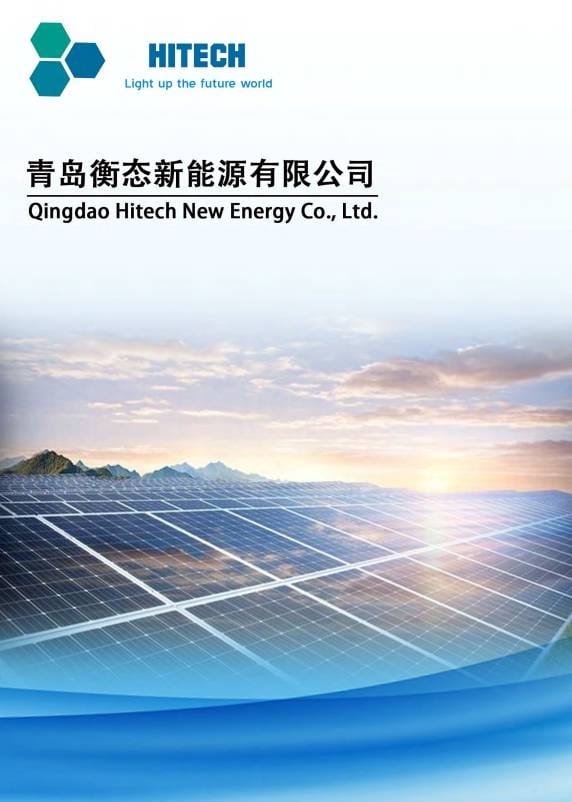Choosing a high mast lighting system sounds simple—until unexpected costs and poor performance hit your bottom line.
Selecting the wrong high mast lighting system can lead to excessive costs, maintenance headaches, and underwhelming results. Knowing these common mistakes helps you make smarter, more profitable decisions.
Lighting mistakes are more than technical errors—they directly affect operational safety, energy bills, and long-term reliability. Let’s break down what not to do and how to avoid each trap.
Failing to Assess Lighting Needs?
Overlooking the unique requirements of your facility can result in over- or under-lighting, both of which waste resources.
Always conduct a detailed lighting audit that considers area size, activity type, and safety requirements before choosing your system.

When companies skip audits, they often install systems that are too powerful or too dim. A warehouse storing delicate items needs different lighting from a logistics yard with heavy machinery. Partnering with a lighting engineer ensures proper lumen distribution, optimal pole layout, and effective cost control. The small upfront investment in a professional assessment often pays back through energy savings and higher operational efficiency.
Ignoring Long-Term Maintenance Costs?
Focusing only on upfront price tags leads to expensive surprises later.
Consider material durability, weather resistance, and ease of access when evaluating maintenance costs.
Ignoring lifecycle costs can cripple budgets. Harsh environments—like coastal areas—demand corrosion-resistant poles and fixtures. Similarly, frequent lamp replacements disrupt operations and inflate labor costs. Investing in high-quality, powder-coated or hot-dip galvanized poles can extend service life and minimize downtime. Always ask vendors about replacement part availability and service intervals before purchasing.
Overlooking Energy Efficiency?
The true cost of lighting is often hidden in monthly utility bills.
Select LED fixtures with high lumens-per-watt efficiency to drastically reduce energy costs over time.
LEDs deliver up to 70% energy savings versus HID lamps. However, not all LEDs are equal—some cheap models lose brightness quickly, leading to higher replacement costs. Look for fixtures designed for high mast applications, with proper thermal management and verified efficiency ratings. Incorporating smart dimming or motion sensors can further cut consumption, aligning your investment with long-term sustainability goals.
Underestimating Installation Costs?
The sticker price of the fixture isn’t the whole story.
Plan for installation expenses, including poles, cranes, wiring, and potential site preparation, before making a decision.
Many buyers forget that high mast lighting requires specialized lifting equipment and skilled technicians. Difficult terrain, underground utilities, and local permit requirements all add to costs. A thorough cost breakdown—including hidden fees—helps prevent unpleasant surprises. Transparent supplier quotes should detail pole foundation work, electrical connections, and safety measures.
| Cost Item | Typical Expense Range |
|---|---|
| Pole foundation | $2,000–$6,000 |
| Crane rental | $1,500–$5,000 |
| Wiring & cabling | $1,000–$3,000 |
| Permits & labor | $500–$2,000 |
Choosing the Wrong Pole Height?
Pole height mistakes can cause light pollution or uneven coverage.

Work with experienced engineers to choose the correct height that matches your area’s size and use case.
Too-short poles create shadows and uneven light. Too-tall poles increase costs and can cause glare affecting nearby areas. The optimal height depends on mounting angles, fixture beam spread, and environmental factors like wind load. Always use photometric analysis to determine the best combination of pole height and light distribution.
Not Considering Environmental Factors?
Harsh weather can wreck even the best lighting systems.
Pick corrosion-resistant materials and weatherproof fixtures suited to your local conditions.
If you're operating near the ocean, salt corrosion can ruin standard steel poles. In snowy or high-wind regions, poles need extra structural reinforcement. Look for galvanized finishes or marine-grade stainless options. Weather-resistant gaskets and IP-rated fixtures help maintain system performance even in extreme climates.
Neglecting Safety and Compliance Standards?
Ignoring local and international standards could lead to penalties—or worse, safety hazards.
Ensure your system complies with all relevant regulations and uses certified materials and components.
Non-compliant lighting systems can result in fines and forced shutdowns. Worse yet, they can create dangerous conditions for workers and visitors. Work with suppliers that provide certified products (e.g., CE, UL, or ISO standards) and engage licensed professionals for installation. This reduces legal risks and ensures long-term reliability.
Failing to Plan for Future Expansion?
Today’s perfect system might not suit tomorrow’s bigger operations.
Choose modular, scalable lighting solutions that can grow with your facility’s needs.
Many facilities eventually expand, requiring additional lighting. Installing a system that can’t scale means expensive retrofits later. Modular designs allow you to add poles or fixtures without a full redesign. Smart controls make it easy to adjust brightness and add new zones as your site evolves.
Conclusion
Choosing the right high mast lighting system requires more than picking fixtures off a catalog. By understanding and avoiding these eight common mistakes, you safeguard your investment and ensure high performance for years. Thoughtful planning, expert consultation, and attention to both current and future needs are keys to long-term success.


